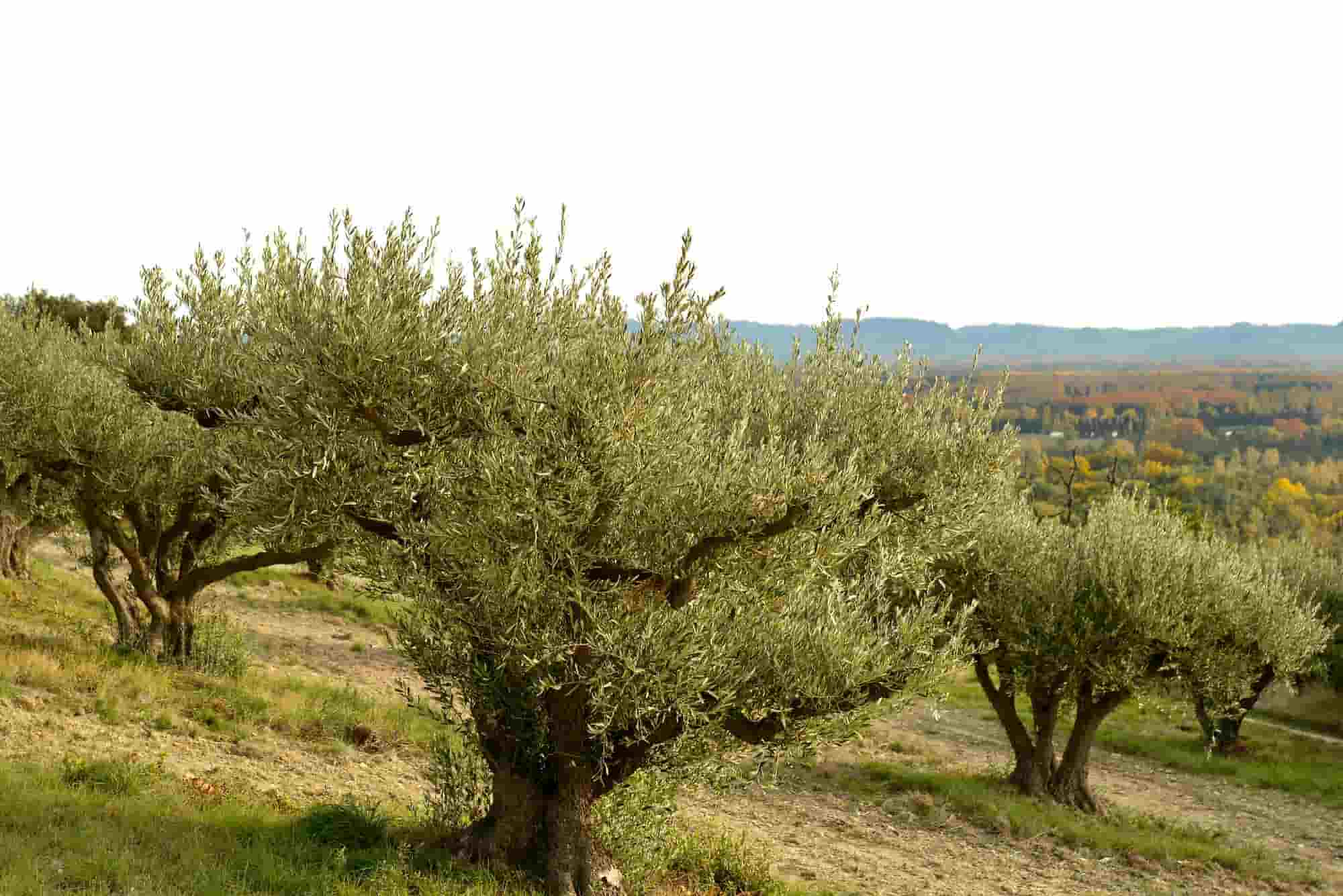
13 Mediterranean fruit trees that smell of the south
Overview of Mediterranean Fruit Trees That Grow in the South and Beyond
Contents
When we think of Mediterranean fruit trees, images of gnarled, century-old olive trees, lemon trees laden with fruit in the Nice hinterland, and flowering almond trees immediately come to mind… In short, images of holidays in the sun. For let’s not deny it, Mediterranean fruit trees love the sun and mild winters. However, some fruit trees offer varieties that can acclimatise elsewhere in France, provided they are given a sunny location, a sheltered spot from cold winds, and perfectly drained soil. Others, grown in pots, can be stored in a conservatory. Discover our selection of Mediterranean fruit trees.
Fruit trees that grow in open ground only in the South
Planting a lemon tree, an orange tree, a mandarin tree, a citron tree… in open ground is only possible in a narrow coastal strip of the Mediterranean region. This is because citrus trees require, more than any other Mediterranean fruit trees, heat (a lot of heat!), but especially a well-sheltered location from winds and perfectly drained soil. Citrus trees also dislike having their roots in moisture during winter. While they can withstand a few minor frost spikes once mature, these are generally negligible. These climatic conditions are only found in an area in the extreme southeast of the country, on the Côte d’Azur, or on a strip close to the sea. In the rest of the Mediterranean region, a winter cover and good mulching are recommended.
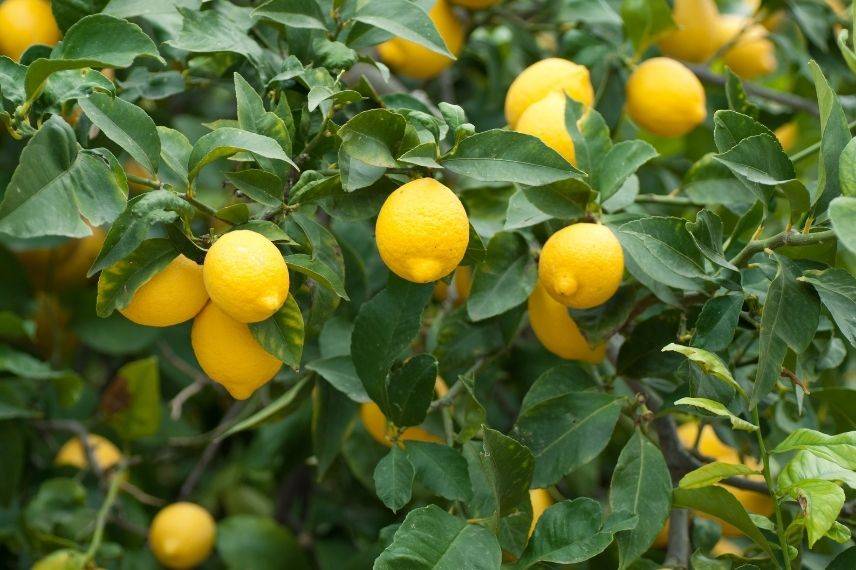
Citrus trees can only be grown in open ground in a narrow coastal strip of the Mediterranean region
If you want to grow citrus trees elsewhere, it will necessarily be in a container or large pot. And as soon as the first winter chills arrive, move them into a bright, unheated conservatory or greenhouse, ideally maintaining a temperature around 8 °C.
Read also
Citrus trees: planting and maintenanceFruit trees of the sun that can grow elsewhere if…
Some fruit trees typically Mediterranean in origin can also acclimatise elsewhere. However, this is only possible if they are provided with optimal conditions that closely match their needs: a sunny location, facing south, and especially well-sheltered from winds, very well-drained soil, ideally dry in summer, and good mulching to keep their roots warm during winter. Finally, it is essential to choose hardy varieties that can withstand lower temperatures than those found in the south. The only drawback is that fruiting can be somewhat unpredictable and not guaranteed.
You can thus plant:
- An olive tree (Olea europea). Some olive tree species can tolerate temperatures down to -15 °C. In winter, it may lose its characteristic silvery foliage, which will reappear in spring. However, cold combined with humidity will be fatal. The hardiest varieties include: Aglandau, a self-fertile variety, Cipressino, a hardy Tuscan olive tree that can withstand -10 to -12 °C, and Leccino, another hardy Tuscan olive tree that can survive down to -18 °C. ⇒ Everything you need to know about the Olive tree.
- A fig tree (Ficus carica): the fig tree is a very robust Mediterranean fruit tree that can adapt to various locations across France, provided it is planted in a sunny spot and sheltered. However, it is advisable to choose a uniferous variety that only produces one crop, between August and September, so that late spring frosts will not have consequences. The Ronde de Bordeaux and Rouge de Bordeaux fig trees are very cold-resistant. ⇒ Everything you need to know about the fig tree.
- An almond tree (Prunus dulcis): the almond tree can be hardy but is often grown more for its magnificent flowering than for its fruits. Therefore, it is important to choose a frost-resistant variety with late flowering, such as the self-fertile All in One or the self-sterile Ferragnes.
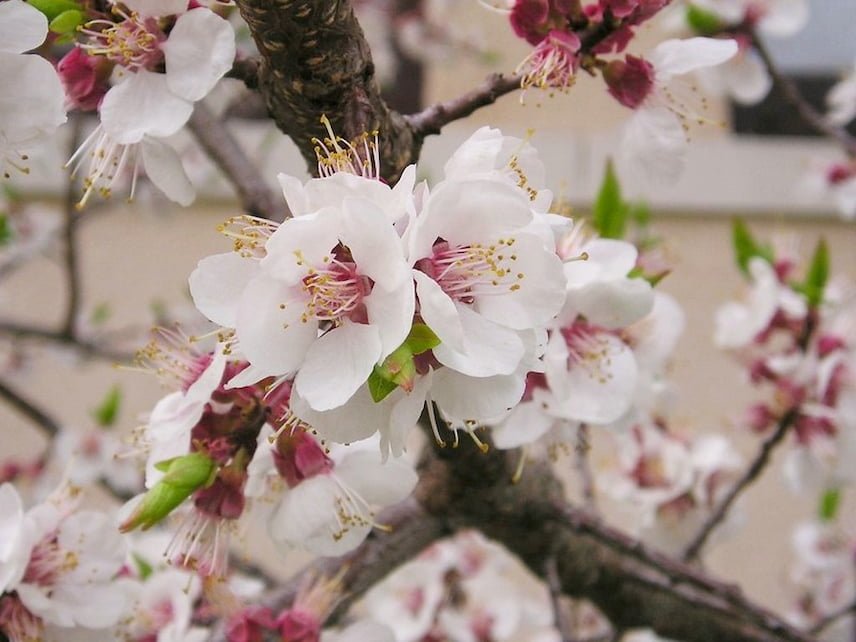
The almond tree is remarkable for its flowering.
- The quince tree (Cydonia oblonga): the quince tree adapts well to most climates, is frost-resistant, and produces beautiful, highly fragrant fruits. Be sure not to let the soil dry out in summer and plant it sheltered from cold winds. ⇒ Everything you need to know about the quince tree.
- The Japanese loquat (Eriobotrya japonica): hardy down to -12 °C, the Japanese loquat can be grown in certain regions with a relatively mild climate, such as the south-west or the Atlantic coast. It produces yellow-orange fruits that are best consumed when fully ripe in early spring.
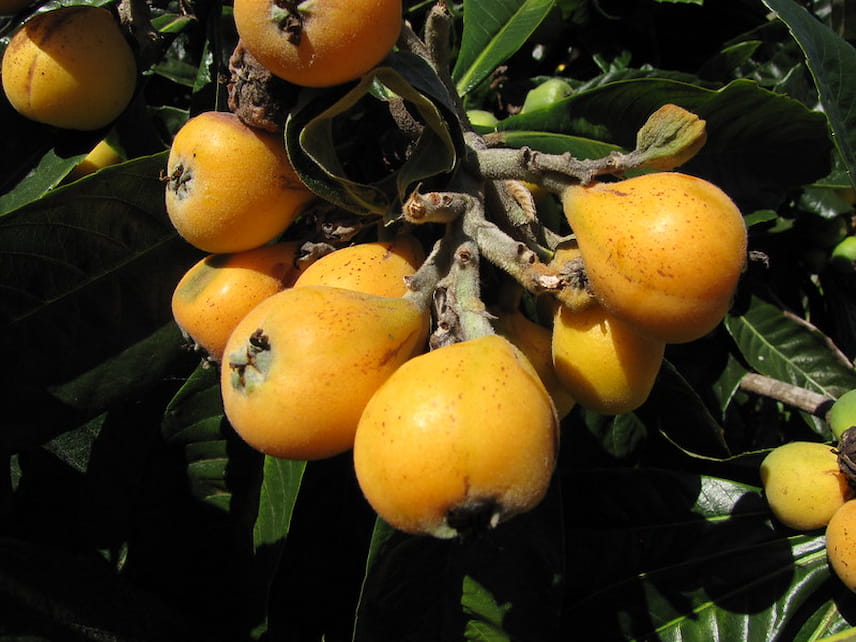
The yellow-orange fruits of the Japanese loquat are best consumed when fully ripe in early spring.
Discover other Mediterranean fruit trees
View all →Available in 1 sizes
Available in 1 sizes
Available in 1 sizes
Available in 1 sizes
Available in 1 sizes
Available in 1 sizes
Available in 2 sizes
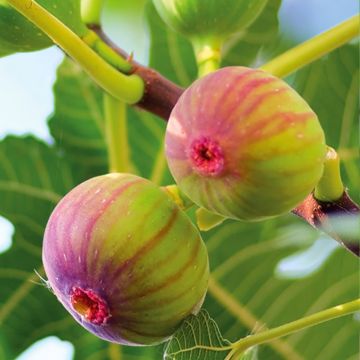
Available in 1 sizes
Available in 1 sizes
Available in 1 sizes
Mediterranean fruit trees that are unique due to their exotic nature
- Pomegranate (Punica granatum): hardy down to -15 °C, the pomegranate can be grown as far north as the Paris region. However, it requires a long summer for its sun-ripened fruits to mature.
- Jujube (Ziziphus jujuba): this is a spiny tree that produces jujubes, also known as Chinese dates, only in the south of France. Otherwise, the jujube can withstand temperatures down to -15 °C.
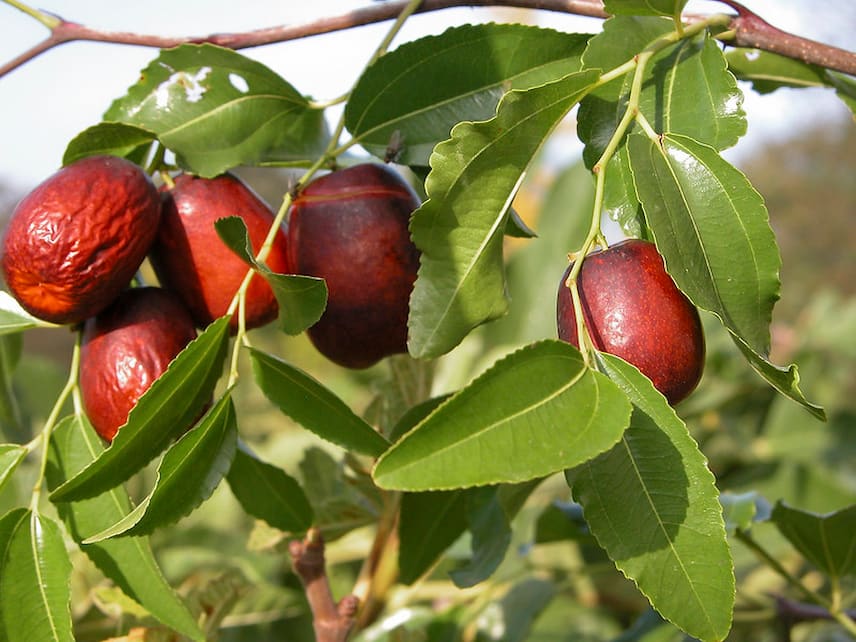
The fruits of the jujube are also known as Chinese dates
- Common pistachio (Pistacia vera): the cultivation of the pistachio is limited to the south of France as it is sensitive to cold and tolerates drought well. It is notable for its foliage and can produce fruits, the pistachios.
- Feijoa or Brazilian guava (Feijoa sellowiana): the feijoa is a magnificent tree with red bark that tolerates cold fairly well (down to -15 °C). It produces green, fleshy fruits resembling avocados, with a flavour reminiscent of guava, strawberry, and pineapple. Its flowers are stunning. ⇒ Learn all about the feijoa.
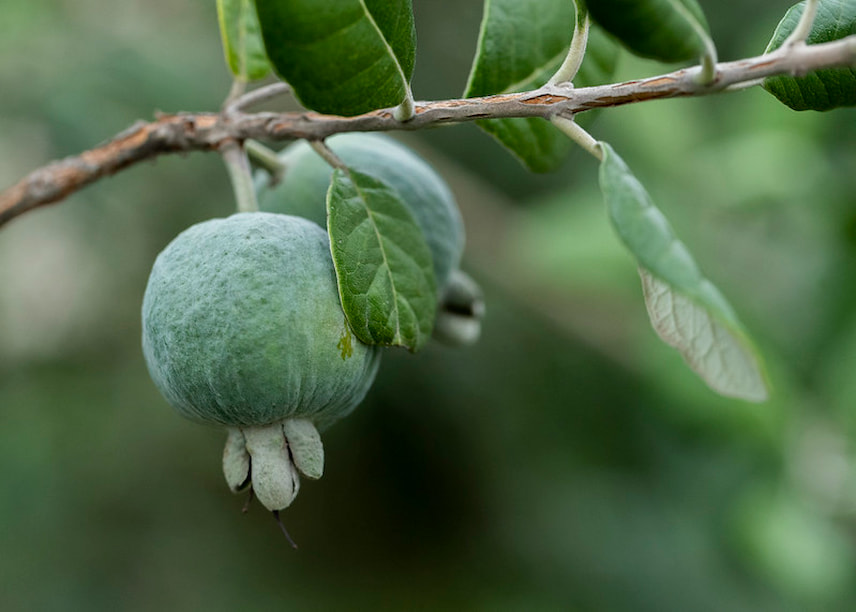
The feijoa also produces stunning flowers
- Persimmon (Diospyros kaki): this is the kaki tree, which bears orange fruits the size of tomatoes that are astringent and consumed when over-ripe. It is very hardy and offers vibrant foliage in autumn before the fruits are harvested in mid-winter. ⇒ Learn all about the kaki.
- Date palm (Phoenix dactylifera) can only be grown in the south of France, primarily on the Côte d’Azur, if you wish to obtain dates.
- Mulberry (Morus nigra) can be cultivated throughout the territory if its roots are in perfectly drained soil. Mulberries are very drought-resistant and produce fruits simply called mulberries. They are primarily known for silk production. Learn all about the mulberry.
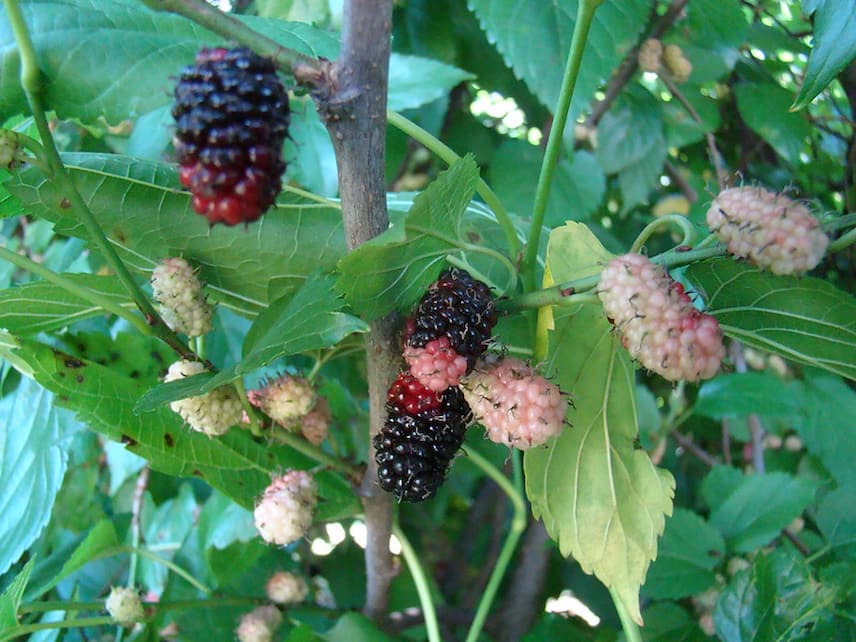
The mulberry produces large mulberries
- Prickly pear (Opuntia ficus) is not a tree per se but a shrubby cactus, native to Mexico and very common in North Africa. In open ground, it can only be grown around the Mediterranean.
- Subscribe!
- Contents
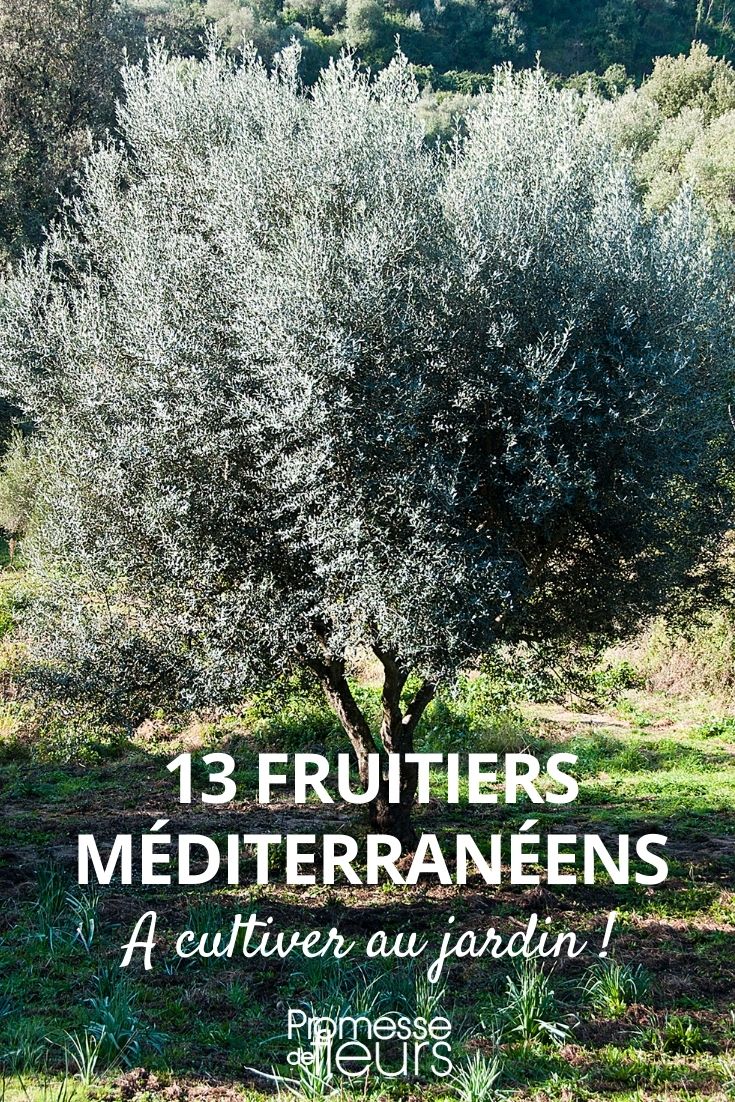






























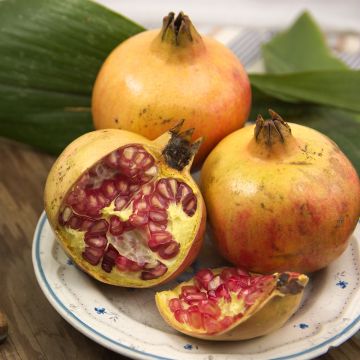
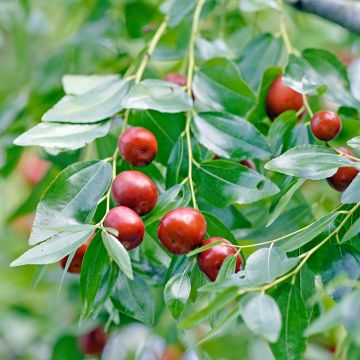
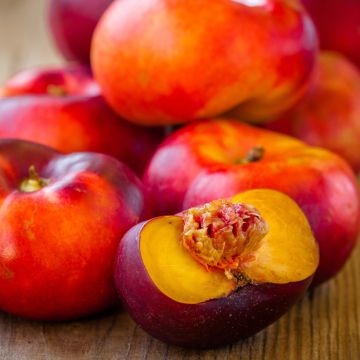
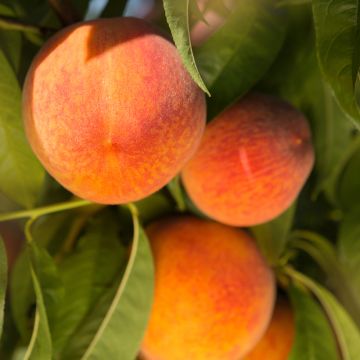
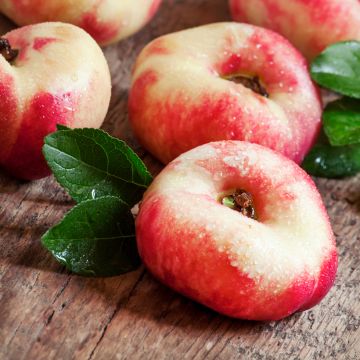
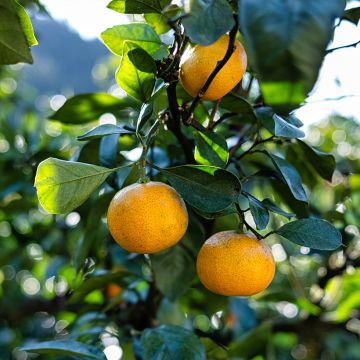
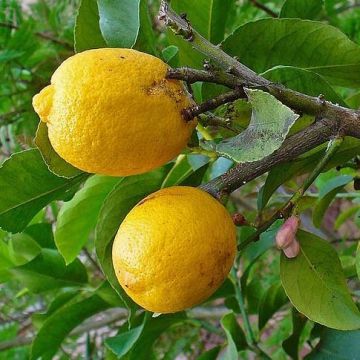
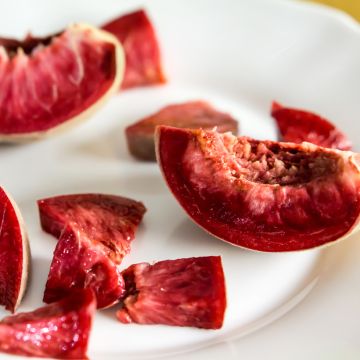
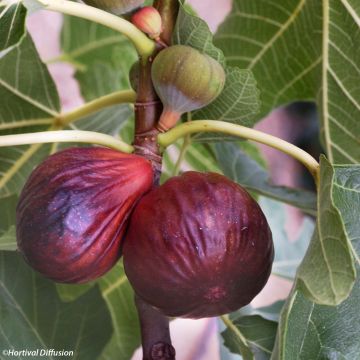
Comments